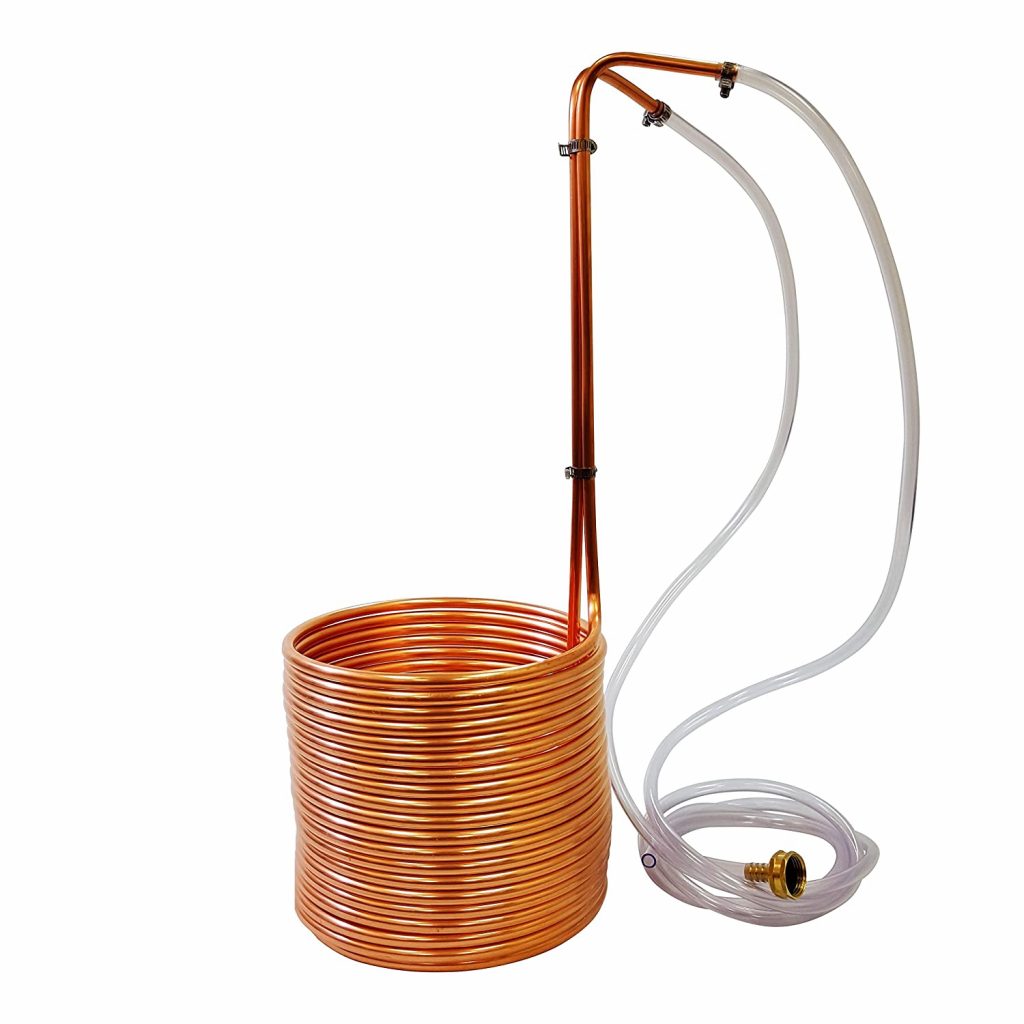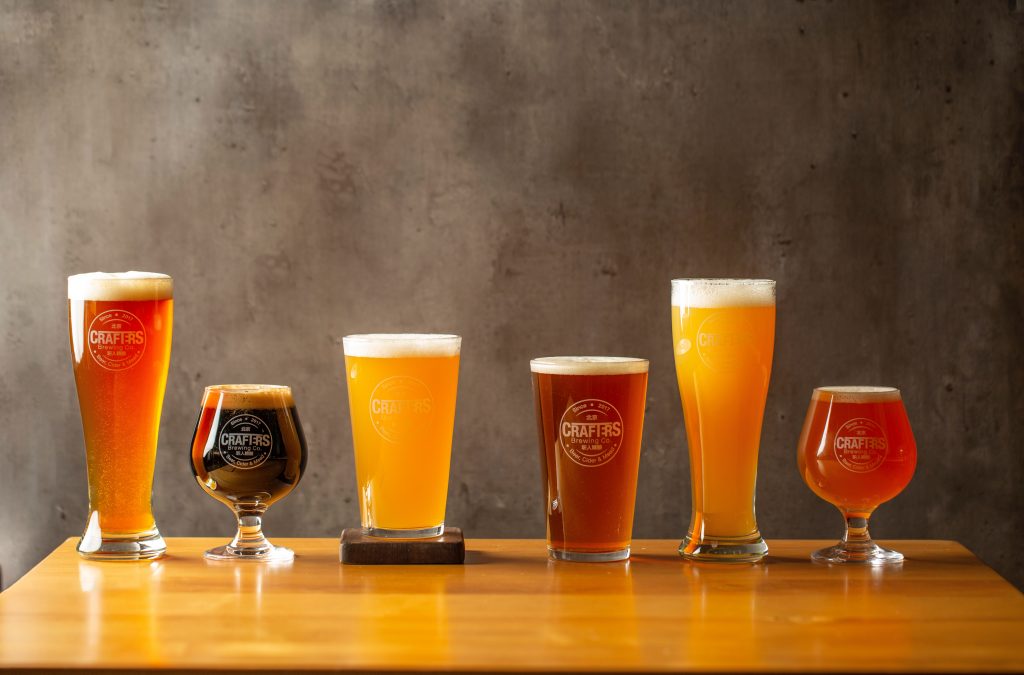This post contains affiliate links which we are compensated for if a purchase is made. Using links costs you nothing and helps to support the ongoing creation of content. Thank you for using them.
Why Does Homebrew Have A Sediment? Have you ever noticed that all home-brewed beer has some degree of sediment at the bottom of the bottle? Why is it there? And why don’t commercially produced beers have sediment as well?
Homebrewed beer has sediment at the bottom of the bottle because a secondary fermentation process is used to carbonate the beer. Secondary fermentation occurs when sugar is added to the bottle prior to sealing it. The remaining yeast within the beverage produces carbon dioxide within the bottle before dying off creating the sediment. This process is sometimes referred to as priming.
Commercially manufactured beer does not have sediment because they directly inject carbon dioxide into the beer prior to bottling rather using secondary fermentation. This means that any remaining yeast left in the beer after the primary fermentation does not have additional sugars to feed on. This means the yeast cells do not multiply to the point where sediment is observed.
The other sources of sediment can come from the hops and the grain themselves during the boil and also as a result of the formation of particulates created by the proteins extracted from the grain.
How To Minimize Sediment?
There are several points in the beers’ life cycle where the introduction of sediment can be minimized. The first point is at the boiling stage where it is important to ensure that the large particulates from the grain and hops can be removed using a fine mesh bag.
The second point where sediment can be introduced is at the point when the boil is complete and the wort is being prepared for the fermentation by cooling it down. At this stage, the speed of the cooling of the beer affects how the proteins in the wort behave.
When rapid cooling occurs the protein molecules coagulate rapidly causing larger particles to be formed. The larger the particles the more readily the particles will fall out of solution, which allows a clearer beer to be produced.
If cooling of the wort is slow it will produce a beer that becomes hazy when cooled. This occurs because the small protein particles are formed that are soluble at high temperatures but when the beer has cooled the solubility of the particles reduces creating a haze in the beer.
The best way to cool wort is by buying a wort chiller. There several different types of wort chiller available to read about the most efficient ones available click here.

In addition to cooling the beer rapidly “finings” can be added to the beer to improve the clarity. Finings are a coagulating agent that encourages the proteins to cling together to create a large particle that drops out of suspension.
The most commonly used finings additives used by homebrewers are Whirlfloc or Irish Moss which are readily available on Amazon, click the links to see the latest price. These additives are really easy to use and are generally added in the last 10 minutes or so of the boil.
The third stage where sediment can be introduced is at the end of the fermentation stage when most of the yeast has died off and fallen to the bottom of the vessel. To minimize the volume of sediment that is transferred into the final bottle it is important to ensure that adequate time is allowed for the yeast to fall to the bottom of the vessel. It is best to allow the beer to remain in the fermenter for 2 weeks before bottling.
When transferring from the fermenting vessel to either a bottling vessel or directly into the beer bottles it is important not to disturb the sediment at the bottle of the vessel. Additionally, avoid the temptation to get every last drop of beer out of the vessel as that will almost certainly introduce additional sediment to the final product.
The storage of the final bottles will also play a role in the clarity of the final product you put into your glass. It is important to store the beer bottles upright as this will ensure that the sediment remains at the bottom of the bottle. If homebrew is stored on its side any sediment gathers on the side of the bottle. As soon as the beer is poured much of that sediment will be transferred into the beer glass.
The design of the bottle will also impact the clarity of the final beer, as bottles that have a more graduated sloping side will reduce the amount of agitation of the beer due to the escaping air bubbles which will reduce the amount the sediment is disturbed.
And finally, complete the pouring of the beer in a single go and leave the last inch or so of the beer in the bottle. This will keep the majority of the sediment in the bottle. To do this you will need a glass that can hold an entire bottle of beer. To be able to this it is best to avoid bottling in long necks bottles has that will make completing the pour in a single go impractical.
